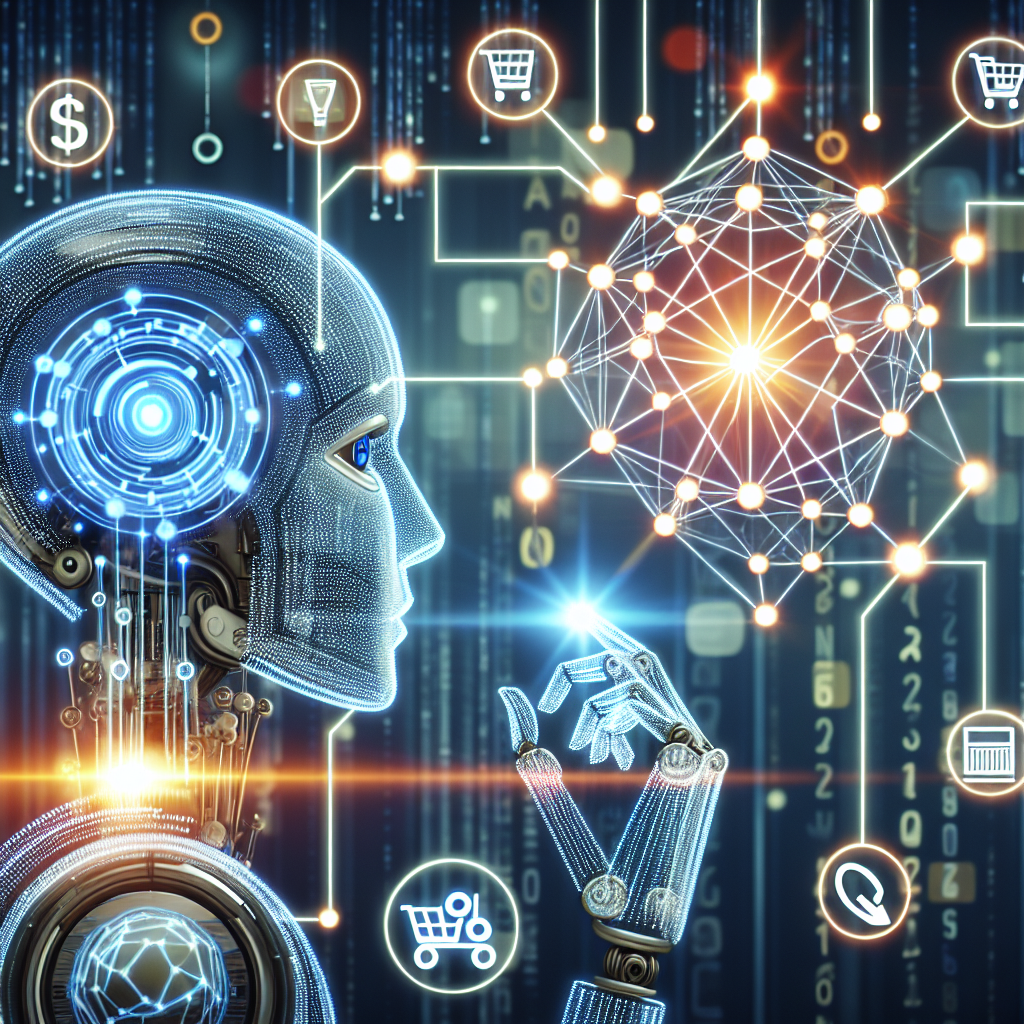Introduction
The retail industry is witnessing a profound transformation driven by the convergence of artificial intelligence (AI) and big data. As retailers strive to enhance customer experience, streamline operations, and innovate their business models, these technologies have emerged as pivotal enablers. This article explores how AI and big data are revolutionizing retail, driving innovation, and shaping the future of shopping.
The Role of Big Data in Retail
Big data refers to the vast volumes of structured and unstructured data generated every day from various sources, including transaction records, customer interactions, and social media. Retailers leverage this data to gain insights into customer behavior, preferences, and trends.
1. Understanding Customer Behavior
By analyzing big data, retailers can uncover valuable insights about their customers. This includes understanding:
- Purchasing patterns
- Preferred shopping times
- Product preferences
- Transition between online and offline shopping
With this information, retailers can tailor their marketing strategies to better meet the needs and desires of their customers.
2. Inventory Management
Big data analytics facilitates more accurate demand forecasting, allowing retailers to optimize their inventory levels. This leads to:
- Reduced stockouts and overstock situations
- Enhanced supply chain efficiency
- Cost savings
By predicting customer demand accurately, retailers can ensure they have the right products available at the right time.
AI in Retail: A Game Changer
Artificial intelligence has a transformative impact on retail operations and customer engagement. Its capabilities extend from automating routine tasks to providing deep insights through predictive analytics.
1. Personalization of Customer Experience
AI algorithms can analyze customer data to deliver highly personalized shopping experiences. For instance:
- Recommendation engines suggest products based on past purchases.
- Chatbots provide real-time assistance and tailored promotions.
- Personalized email campaigns increase customer engagement.
This level of personalization enhances customer satisfaction and fosters loyalty.
2. Enhanced Customer Service
AI-powered chatbots and virtual assistants improve customer service efficiency. They can handle inquiries, recommend products, and even process orders 24/7. This reduces wait times and allows staff to focus on more complex customer needs.
3. Predictive Analytics
AI and machine learning algorithms enable retailers to predict future trends by analyzing historical data. This predictive capability can inform everything from:
- Product development
- Marketing strategies
- Sales forecasting
With precise predictions, retailers can make informed decisions that drive growth and innovation.
Combining AI and Big Data for Innovation
The integration of AI and big data creates a powerful synergy that drives innovation in retail. Together, they facilitate:
1. Dynamic Pricing Strategies
Retailers can leverage real-time data to adjust prices based on demand, competitor pricing, and inventory levels. This ensures competitive pricing while maximizing profitability.
2. Supply Chain Optimization
AI and big data can enhance supply chain visibility. By analyzing various data points, retailers can optimize routes, reduce delivery times, and improve overall efficiency.
3. Enhanced Security
AI algorithms can detect fraudulent activities by monitoring transactions and user behavior. This capability significantly improves the security of e-commerce platforms and builds consumer trust.
Challenges and Considerations
Despite the numerous benefits, retailers must navigate challenges such as:
1. Data Privacy Regulations
With the increasing reliance on customer data, retailers must comply with regulations like GDPR and CCPA, ensuring that customer information is handled responsibly.
2. Technological Integration
Implementing AI and big data solutions requires significant investment and technical expertise, which may be daunting for smaller retailers.
3. Maintaining Human Connection
While automation enhances efficiency, retailers must balance technology with human interaction to maintain strong customer relationships.
Future Trends: What Lies Ahead?
The future of retail will be significantly influenced by advancements in AI and big data. Key trends include:
1. Increased Use of Augmented Reality (AR)
Retailers will leverage AR to create immersive shopping experiences, allowing customers to visualize products in their homes before purchase.
2. Voice Commerce
With the rise of voice-activated devices, voice commerce will gain traction, necessitating retailers to optimize their offerings for voice search.
3. Sustainability Initiatives
As consumers become more environmentally conscious, retailers will utilize AI and big data to implement sustainable practices, from sourcing to delivery.
Conclusion
AI and big data are not just trends; they represent the future of retail. By harnessing these technologies, retailers can drive innovation, enhance customer experiences, and streamline operations. As the retail landscape continues to evolve, embracing AI and big data will be essential for retaining competitive advantage and meeting the demands of modern consumers.

